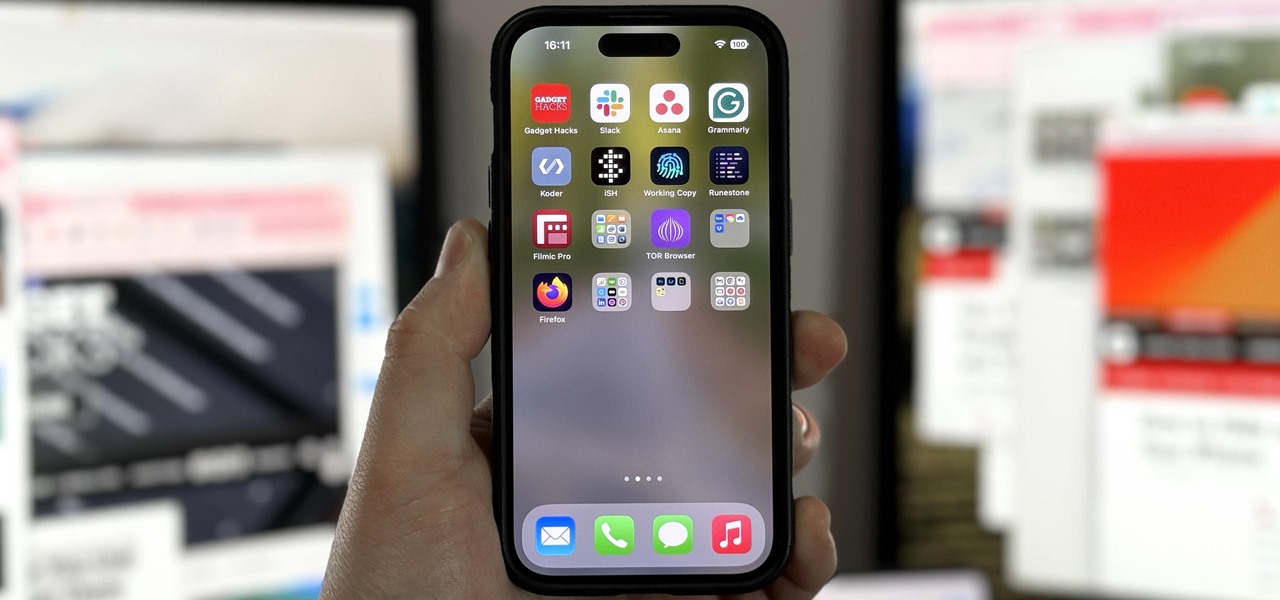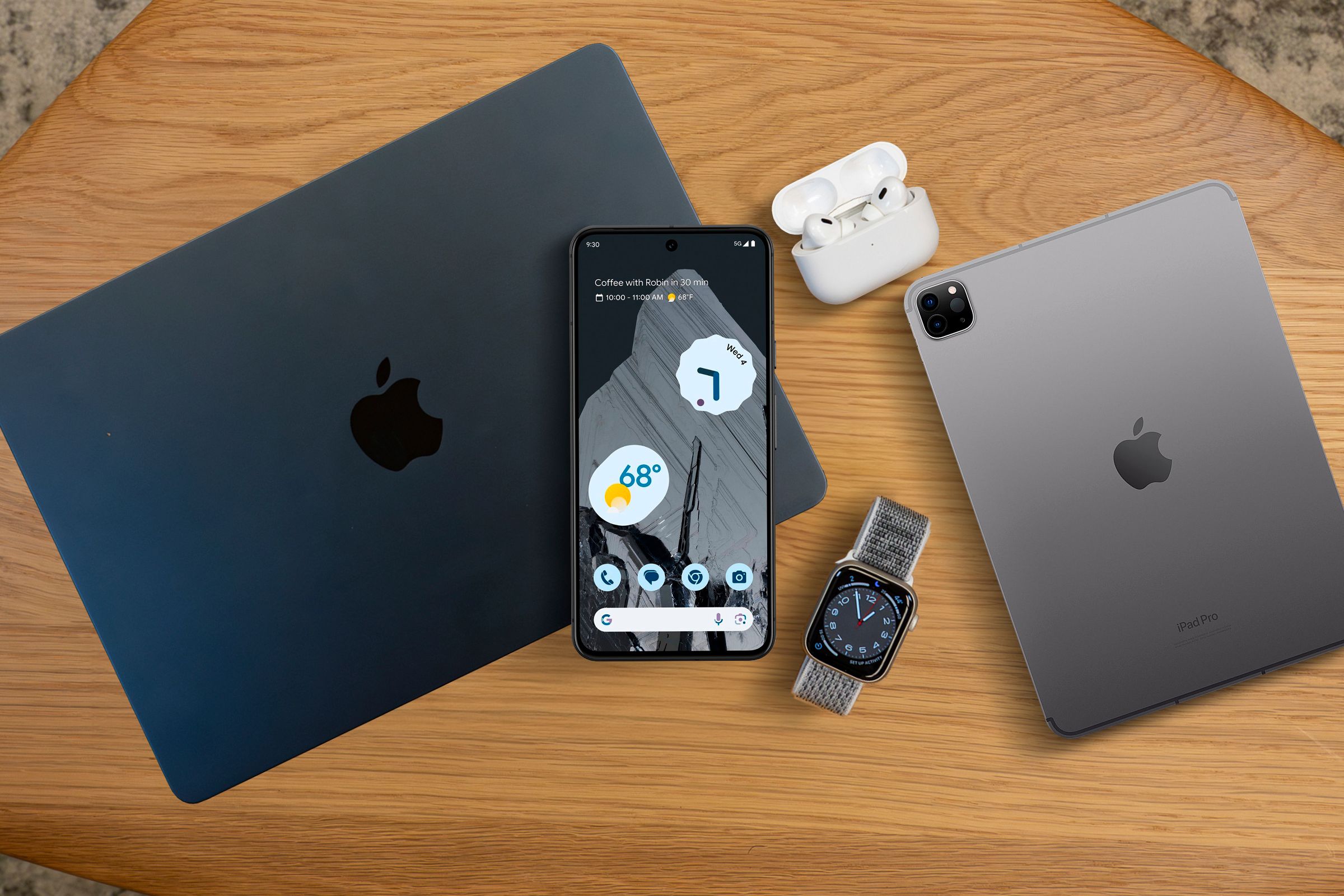Microsoft’s Upscaler Is the Only Reason Gamers Will Care About a CoPilot+ PC
PC Gaming
Quick Links
-
Auto SR Is Here, and It Looks Promising
-
Auto SR Looks Better Than Driver-Level Upscalers
-
It Just Works (In Supported Games)
-
Auto SR Is Only Available on CoPilot+ PCs
Key Takeaways
- Auto SR is Microsoft’s answer to DLSS, FSR, and XeSS.
- Auto SR outperforms NVIDIA & AMD driver-based upscalers, offering better results without the need to manually activate it in each game.
- The biggest downside of Auto SR is that it’s only available on CoPilot+ PCs, since it needs an NPU to work.
Microsoft’s answer DLSS and FSR is here. Automatic Super Resolution is a Windows-integrated upscaling method that, at least according to an early demo, works rather well. Microsoft has already launched Auto SR, so let me explain how it works and how you can use it.
Auto SR Is Here, and It Looks Promising
Microsoft Auto SR is finally here and, while the initial demo doesn’t include any video of the tech in action, I’ve got to say that Auto SR does look pretty darn solid, while also bringing pretty respectable performance gains.
If you look at the two Borderlands 3 screenshots below—the game Microsoft used to showcase Auto SR—you can see that the Auto SR image on the right, which is upscaled from 720p to 1440p, looks cleaner than the native 1440p image on the left.
The 1440p Auto SR screenshot features sharper textures, with most of the intricate details preserved after upscaling the original 720p image, along with almost double the frame rate. The image resolve is sharper compared to native 1440p, but you can see some issues if you look closely.
For starters, the patches of grass look a bit pixelated, but they still look arguably better than on the native 1440p image. While most textures look sharper on the upscaled image, some detailed textures, like the tree canopy, look a tad muddier compared to the native image.
You’ll notice fewer details found on complex textures in the second screenshot. Just look at those vines hanging from the building in the distance. See how they lack some detail on the Auro SR screenshot compared to the native image.
That said, even with those caveats, Auto SR looks quite promising. I’d like to see a video of Auto SR in action, but even in the provided screenshots, Microsoft’s OS-integrated AI upscaler gives FSR and XeSS a run for their money. It’s the first CoPilot+ PC feature that could be genuinely useful to gamers.
Auto SR Looks Better Than Driver-Level Upscalers
Automatic Super Resolution is OS-integrated and it provides better results than driver-level upscalers. The reason for this is that NVIDIA Image Scaling and AMD Radeon Super Resolution are just simple image upscalers that don’t utilize machine-learning algorithms.
Auto SR, on the other hand, is based on an AI model trained on a bunch of gaming content, making the tech similar to DLSS and Intel’s XeSS when used on Intel Arc graphics cards. But unlike DLSS, FSR, and XeSS, Auto SR is integrated into Windows itself and doesn’t require game developers to enable special options for it to work best.
Options like adjusting negative level-of-detail (LOD) bias so that the texture quality matches the upscaled resolution and not the base resolution the image is upscaled from, and enabling pixel jittering on certain objects, so they don’t look overly pixelated when upscaled to a higher resolution. These two features may help explain the software textures and pixelated grass on the two Borderlands 3 screenshots shown above.
Also, since Auto SR isn’t baked into games, you can expect lower details of the HUD and other graphics user interface (GUI) elements. With DLSS, FSR, and XeSS, the game is upscaled first, and GUI elements are added later, allowing them to be rendered at native resolution. But Auto SR renders GUI elements at a lower resolution and then upscales them, resulting in worse-looking HUD and other GUI elements—maps, icons, menus, and so on.
While Auto SR can’t match DLSS when it comes to image quality, Microsoft’s AI upscaler is still great news for gamers looking for a quality image upscaler they can use in games that don’t support DLSS, FSR, or XeSS.
It Just Works (In Supported Games)
One of the best things about Auto SR is that it just works. After you enable the option in Windows settings, Auto SR automatically turns on in supported games, in full-screen and windowed borderless modes, and then seamlessly turns off and switches your native resolution back once you exit the game. On the other hand, driver-based upscalers require a manual set-up process for each game, on top of not looking as good as Auto SR.
Currently, Auto SR only works with 11 games, but that list should get populated with more games with time. To check out the full list of supported games, visit the WorksOnWoA.com website, select the Auto SR filter, and then tick the “Yes, out-of-box” and “Yes, opt-in” boxes to see the complete list of Auto SR titles.
From what I can tell, Microsoft plans to make most DX11 and DX12 games Auto SR-compatible. On the other hand, DX9 and older games and those that use Vulkan and OpenGL graphics runtimes are not and won’t be compatible with Auto SR.
Another good thing about Auto SR is that it only adds a single frame of latency to an upscaled game on average. Such a tiny input latency hit is possible because Auto SR runs off a Neural Processing Unit (NPU) instead of using your GPU or CPU, thus not using any resources that might be spent on rendering the game.
Auto SR Is Only Available on CoPilot+ PCs
Requiring an NPU to work is Auto SR’s biggest caveat. The NPU-reliance means that Auto SR is only available on CoPilot+ PCs. At the moment, this only includes laptops equipped with Qualcomm’s Snapdragon X chips. This should change once we get CoPilot+ PCs powered by next-gen laptop CPUs from Intel (Lunar Lake) and AMD (Ryzen AI 300 CPUs), both of which include potent NPUs.
On the flip side, the upcoming Zen 5 desktop CPUs from AMD won’t be able to use Auto SR since they don’t pack NPUs. This is bad news for PC builders planning to build an all-AMD PC powered by an AMD CPU and GPU because, at least to me, Auto SR looks like a better upscaling solution than AMD FSR.
Microsoft’s Automatic Super Resolution could become the go-to upscaling choice for DX11 and DX12 games that don’t support DLSS, FSR, or XeSS. The AI-based upscaler looks pretty solid in action, and I hope Microsoft will stay true to its promise and continue making more games compatible with Auto SR in the future.















